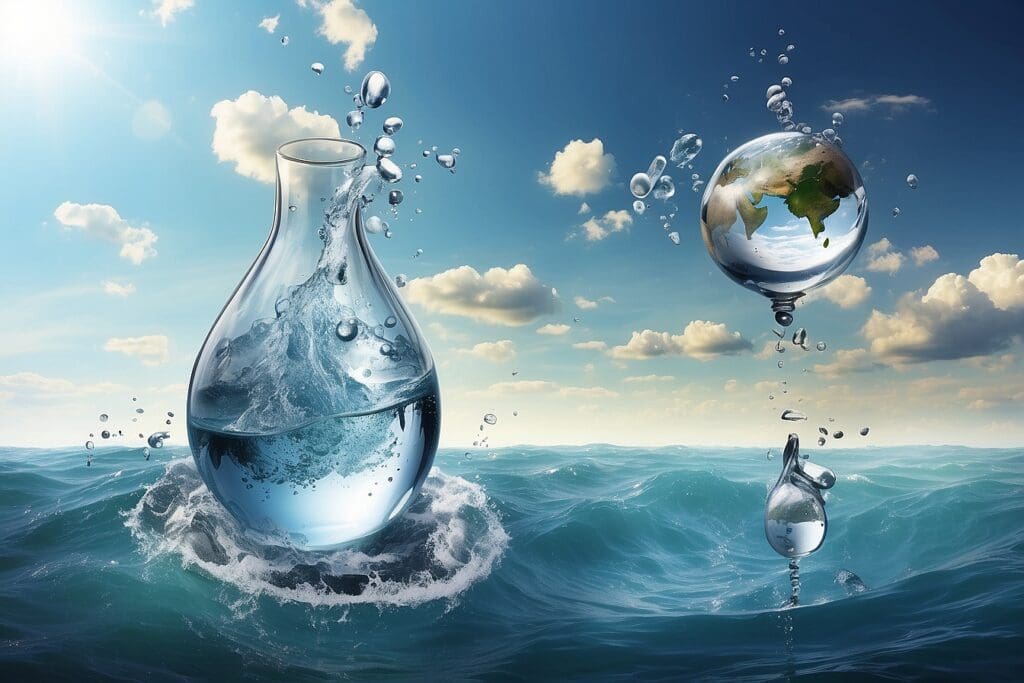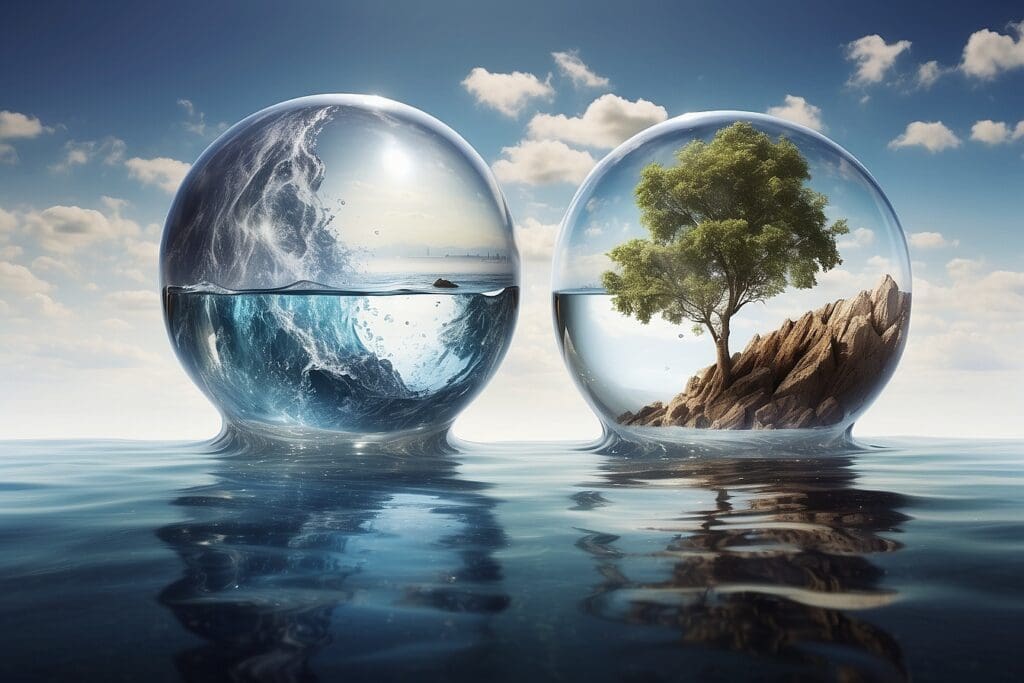Oxygen and Our Oceans: The entire ocean ecosystem relies on oxygen and each part of that ecosystem requires a different level of oxygen to survive. There are a variety of fish and other marine life that can thrive on low-oxygen water, while others simply require more oxygen in their waters to survive. Low-oxygen waters, known as hypoxic zones, have long existed in our oceans but are currently creeping into more shallow waters. These oxygen-starved waters, most notably along the Pacific Northwest coast, are expanding at an alarming rate and could potentially threaten the harmony of our oceans. Because this is a relatively new phenomenon, happening most significantly in the last 50 years, the cause is still unclear. Some scientists believe it could be linked to global warming while some believe it is too soon to make a call. Regardless of the cause, oxygen-deprived waters are forcing many species to relocate, overpopulate, or eventually die.
Dead zones: Oceans have always held areas of little to no oxygen. Often these areas are referred to as “dead zones” that form at the mouth of the Mississippi and other rivers around the world. Such “dead zones” result from agricultural runoff, which lead to algae blooms that consume oxygen.1 At other times, low-oxygen zones are found in very deep ocean water, where little exchange is made with oxygen-rich surface water. However, the hypoxic zones of recent concern in the Pacific, Atlantic, and Indian Oceans are believed to be distinct from either of these scenarios. Unfortunately, many scientists believe that the current spread of low-oxygen water could be attributed to human-induced global warming and mimics the event that unfolded about 250 million years ago, when 95% of life on Earth went extinct after heat-trapping carbon dioxide spewing from volcanoes warmed the planet and the oceans became stripped of oxygen.2
As greenhouse gases become more concentrated in our atmosphere, ocean surface waters trap more carbon dioxide, hold less oxygen, and this consequently results in warmer surface temperatures. As ocean temperatures rise, the warmer water on the surface acts as a cap, which interferes with the natural circulation that normally allows deeper waters that are already oxygen-depleted to reach the surface. Therefore, large swells of low-oxygen waters are covering more square miles of the ocean and moving closer to the surface and the shorelines. Not only are these areas of hypoxia affected by warmer surface temperatures, but areas along the Pacific coast are also affected by changes in ocean circulation.
Typically, during the summer, northerly winds drive surface water away from the shore causing oxygen-poor water to reach the surface in a process called upwelling. Conversely, southerly winds reverse the cycle in a process called down-welling. In the past 10 years, changes in wind and ocean circulation have disrupted this balance, causing more low-oxygen zones near the shore. These trends of hypoxia are consistent with the models of global warming, but some scientists believe that they could still be attributed to, “such weather phenomena as El Nino or the Pacific Decadal Oscillation, a shift in the weather that occurs every 20 to 30 years in the northern oceans.”3 Regardless, some parts of our oceans have been faced with a reduction in oxygen levels by as much as one-third in the past 50 years. Such a significant reduction has surely affected the delicate balance of marine life as we know it.

As with any ecosystem, biodiversity will be greatly affected as these species are faced with changes in their environment. Certain species, including the Humboldt squid and jellyfish will benefit from low-oxygen zones. Scientists fear that the squid will hunt off other species as their population “has expanded its range in the northeastern Pacific in the past 10 years, from the Gulf of California all the way to southeastern Alaska.”4 Bottom-dwellers may be the most affected, as they move very slowly and will have to relocate to find oxygen-rich waters. Larger fish, including marlin, sailfish, Chinook salmon, and tuna will also be forced into shallow water and face the fate of over-fishing in these areas. Sadly, “In some spots off Washington state and Oregon, the almost complete absence of oxygen has left piles of Dungeness crab carcasses littering the ocean floor, killed off 25-year-old sea stars, crippled colonies of sea anemones and produced mats of potentially noxious bacteria that thrive in such conditions.”5 Scientists are still unsure as to how these low-oxygen levels will impact the entire ocean ecosystem, but are certain there will be some biological changes.
So what is the fate of our oceans? Is this a temporary shift in oxygen levels, is it a minor weather pattern, or is it a larger problem caused by human-induced global warming? Although the answers still remain unclear, it is certain that, “low-oxygen zones where large ocean species cannot live have increased by close to 5.2 million square kilometers since the 1960s” and “climate models predict reductions in dissolved oxygen in all oceans as average global air and sea temperatures rise.”6





